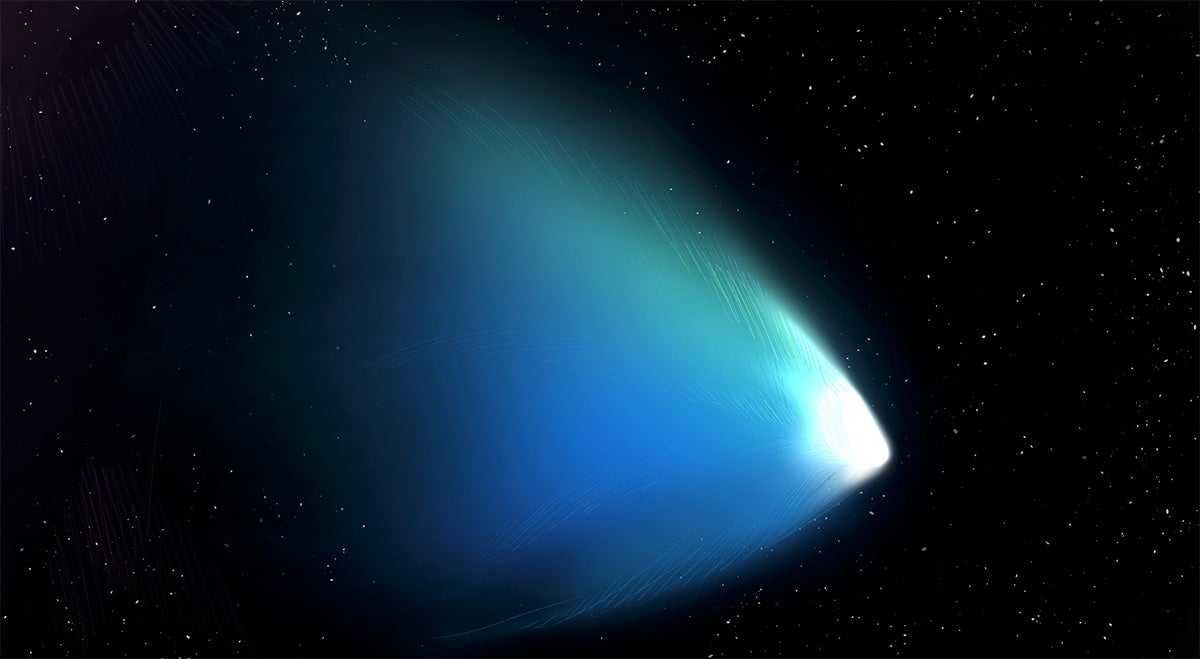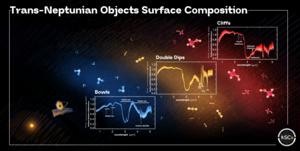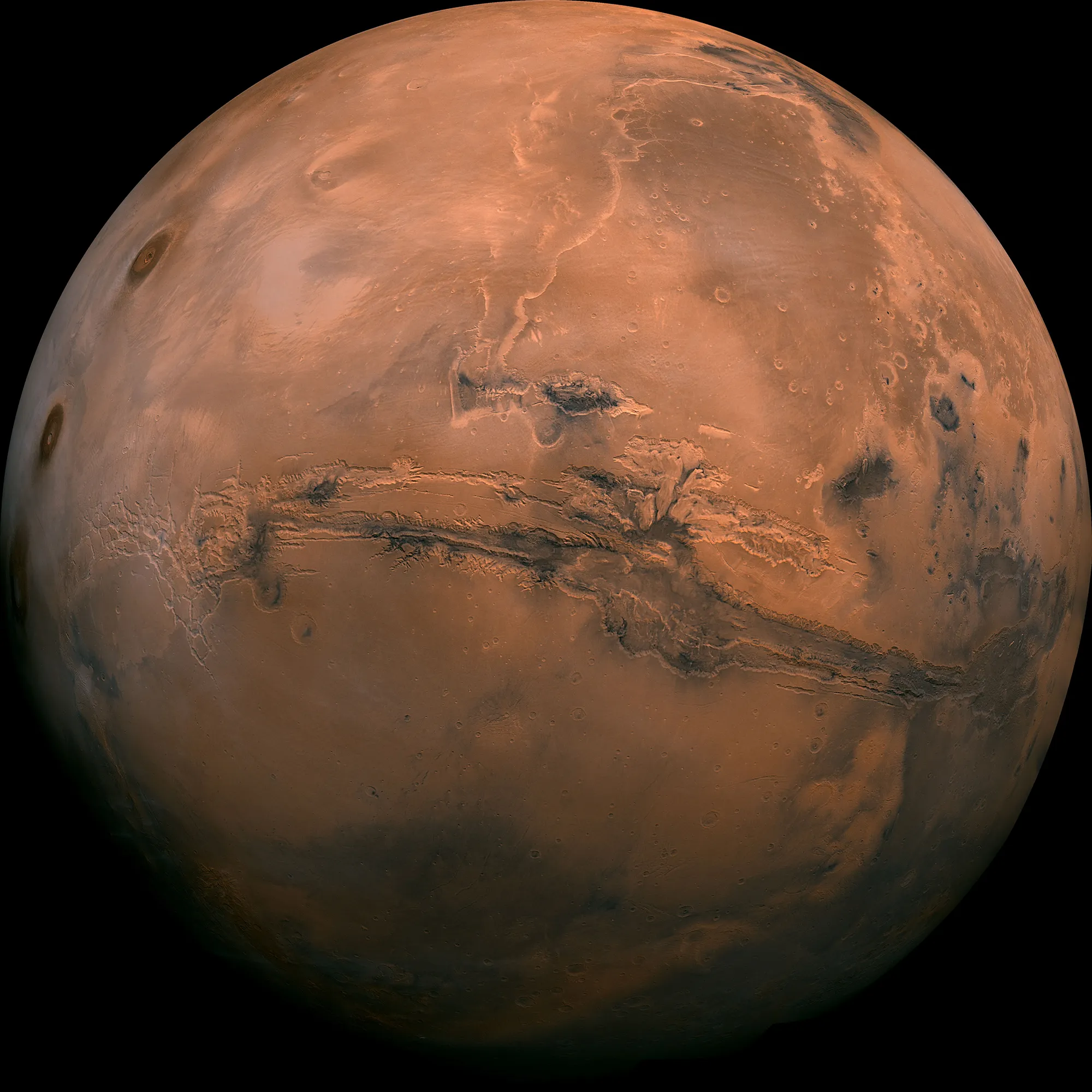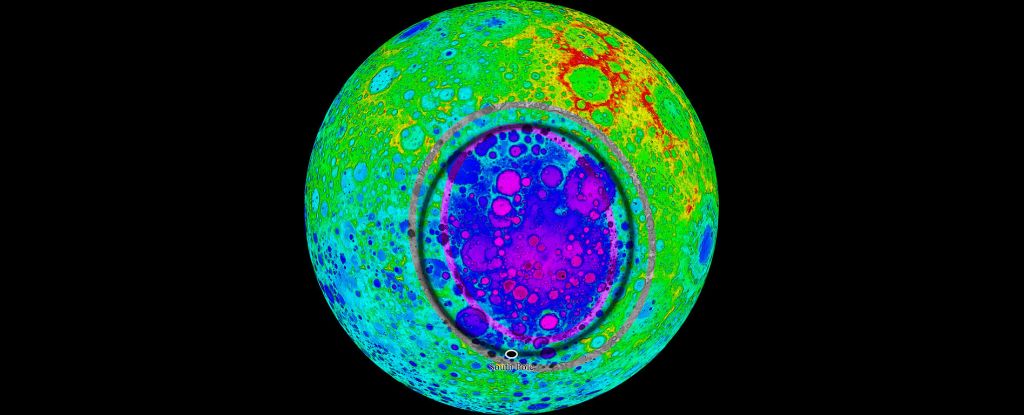
Collaborative work by amateur and professional astronomers has helped to resolve a long-standing misunderstanding about the composition of Jupiter's clouds.

A resent study used James Webb Space Telescope to reveal one-of-a-kind attributes of (2060) Chiron, a distant “centaur” in space sharing properties of both a comet and an asteroid, giving clues to our Solar System’s origins.

Scientists hope the data from Parker will help them better understand why the Sun's outer atmosphere is hundreds of times hotter than its surface.

New studies led by researchers at the University of Central Florida offer for the first time a clearer picture of how the outer solar system formed and evolved based on analyses of trans-Neptunian objects (TNOs) and centaurs.

The research suggests that the thick crust of Mars' southern highlands formed billions of years ago generated granitic magmas and sustained vast underground aquifers.

An extreme heating event may have interfered with scientists' attempts to figure out the Moon's age by dating lunar rock samples.

Saturn’s icy rings could be much older than they appear due to their resistance to pollution from impacts with rocky debris.

Io does not have a shallow global magma ocean beneath its surface, counter to previous claims, suggests a paper published in Nature.

A new analysis of the eruption rates of 56,400 Sun-like stars has estimated that the Sun's superflare rate is at the low end of that scale – once every 100 years.

The review takes a close look the final flight of the agency’s Ingenuity Mars Helicopter, which was the first aircraft to fly on another world.

An object up to dozens of times the mass of Jupiter flying through our solar system may have disrupted planetary orbits.

A new research suggests that the South Pole-Aitken basin may not have formed the way we thought, and may be much bigger than previous studies suggest – a discovery that has exciting implications for future lunar missions to the basin.

What would happen to our mature, sedate Solar System if it suddenly gained another member? That would depend on the object's mass and the eventual orbit that it found itself in.

A team of astronomers has found that Venus has never been wet, despite decades of speculation that our closest planetary neighbour was once much more like Earth than it is today.

Martian moons could be a result of an early collision similar to that of Earth and Theia. This new model proposes an interesting middle way. Rather than an impact or direct capture, the authors propose a near miss by a large asteroid.